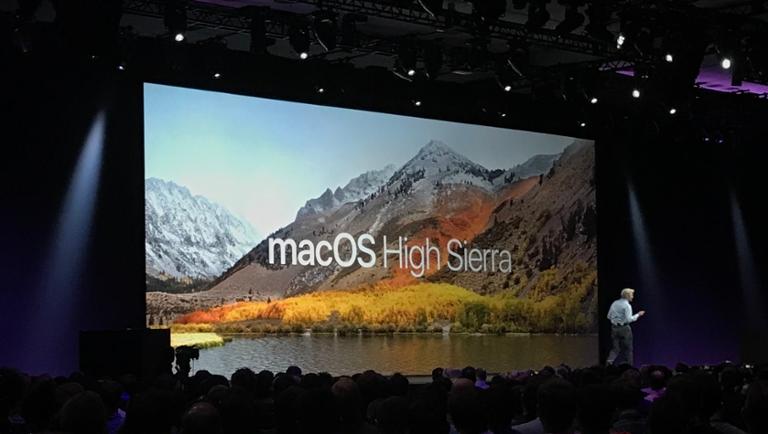Apple has begun sending notices to macOS users that 32-bit apps will soon stop working on Mac hardware. It’s a move that puts developers in a tough spot, as we can’t quite figure out what Apple’s desktop aspirations are. Much as it did with iOS, Apple is turning the corner on 32-bit apps in favor of their better, more secure (and faster) counterparts. In its
support document for the desktop 64-bit switch, Apple notes all “modern” Macs run 64-bit processors, and technologies such as Metal only work on 64-bit chipsets. High Sierra, the latest version of macOS, is the last to run 32-bit apps “without compromise,” whatever that means. Users are already seeing pop-up notifications alerting them that their 32-bit apps need to be updated by the developer. Apple isn’t giving a hard drop-dead date for 32-bit macOS apps, but tells users they can keep 32-bit apps “today.” For developers, this is a fork in the road. The Mac App Store is a mess, and the ability to earn via macOs is dubious.
Electron apps are attractive, but they won’t provide access to native frameworks for macOS. There’s also ‘Marzipan’ to consider.
Persistent rumors suggest Apple is working on a project that will unify the underpinnings of iOS and macOS, effectively making one unique platform. While details are still sketchy, it seems iOS features such as
UIKit will replace
AppKit on macOS, which would blow the desktop doors off their proverbial hinges. But even more uniquely concerning for the macOS developer is Apple’s
possible move away from Intel, a project reportedly dubbed ‘Kalamata.’ If the company
does migrate to ARM architecture, there would be a long lead-in for desktop developers. The most glaring issue is x86, Intel’s instruction set for backwards compatibility; a move to ARM would close the door on Intel’s i-series chipsets as well as reverse compatibility. Hopeful macOS developers see the move away from 32-bit as a curve in the road, not a hard turn. After 64-bit ubiquity, perhaps the company will introduce a way to migrate apps from x86 to ARM, and then we’re off to some form of unified platform for Apple products. Bottom line: We just don’t know. WWDC may shed light on this roadmap, but Apple usually shies away from divulging plans too far in advance. For now,
the macOS update method is similar to iOS: Toggle a few switches in Xcode, and squash bugs.



